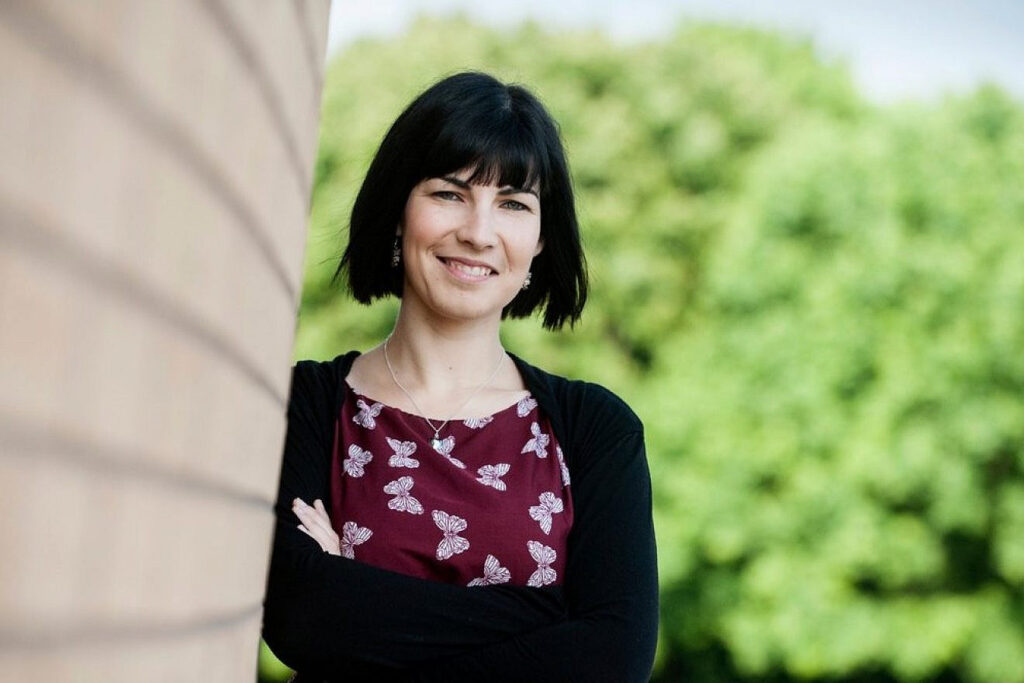In 2020, the Conference on Jewish Material Claims Against Germany, a nonprofit dedicated to supporting Holocaust survivors and raising Holocaust awareness, conducted a survey of Holocaust knowledge among American Millennials and Gen Z. Among other findings, the study discovered that only 1% of respondents could correctly identify Treblinka, the National Socialist killing center in German-occupied Poland, at which between 800,000 and 900,000 mostly Polish Jews and an unknown number of Romani were killed. On the other hand, 44% of respondents were able to identify Auschwitz, the infamous concentration camp and killing center in Nazi-occupied Poland, at which hundreds of thousands of people were imprisoned and over a million Jews and 100,000 Romani, Soviet prisoners of war and non-Jews from Poland and other countries were murdered. Yet, when media outlets expressed understandable shock about the lack of contemporary awareness about the Holocaust, they focused on the latter figure rather than the former one; after all, for many decades after the war, Auschwitz dominated in the public understanding of the Holocaust as a metaphor for evil in the modern era and as a stand-in for the totality of the complex, diverse and geographically expansive events that constituted the genocide of Europe’s Jews. Not knowing about Auschwitz, the media response implied, is tantamount to not knowing about the Holocaust in general.
Less notice was taken of the tiny number of younger adults who had heard of Treblinka, a lack of attention that reflects the relative obscurity in American consciousness of this vitally important site of genocide. Together with the killing centers Bełżec and Sobibór, Treblinka was part of Nazi Germany’s Operation Reinhard program, which, during the brief period of its operation (spring 1942 to fall 1943), aimed to systematically murder the Jews of Poland. In fact, Operation Reinhard was responsible for the most intensive killing surge during the Holocaust. Within a single three-month period from August to October 1942, nearly 1.5 million Jews (approximately 25% of the total number of Jews killed in the six years of World War II) were murdered at these three killing centers, making the program what Lewi Stone terms “the largest single murder campaign within the Holocaust.” Yet, despite their centrality to the history of the genocide, the Operation Reinhard extermination camps in general — and Treblinka in particular — are almost completely unknown to contemporary Americans.
